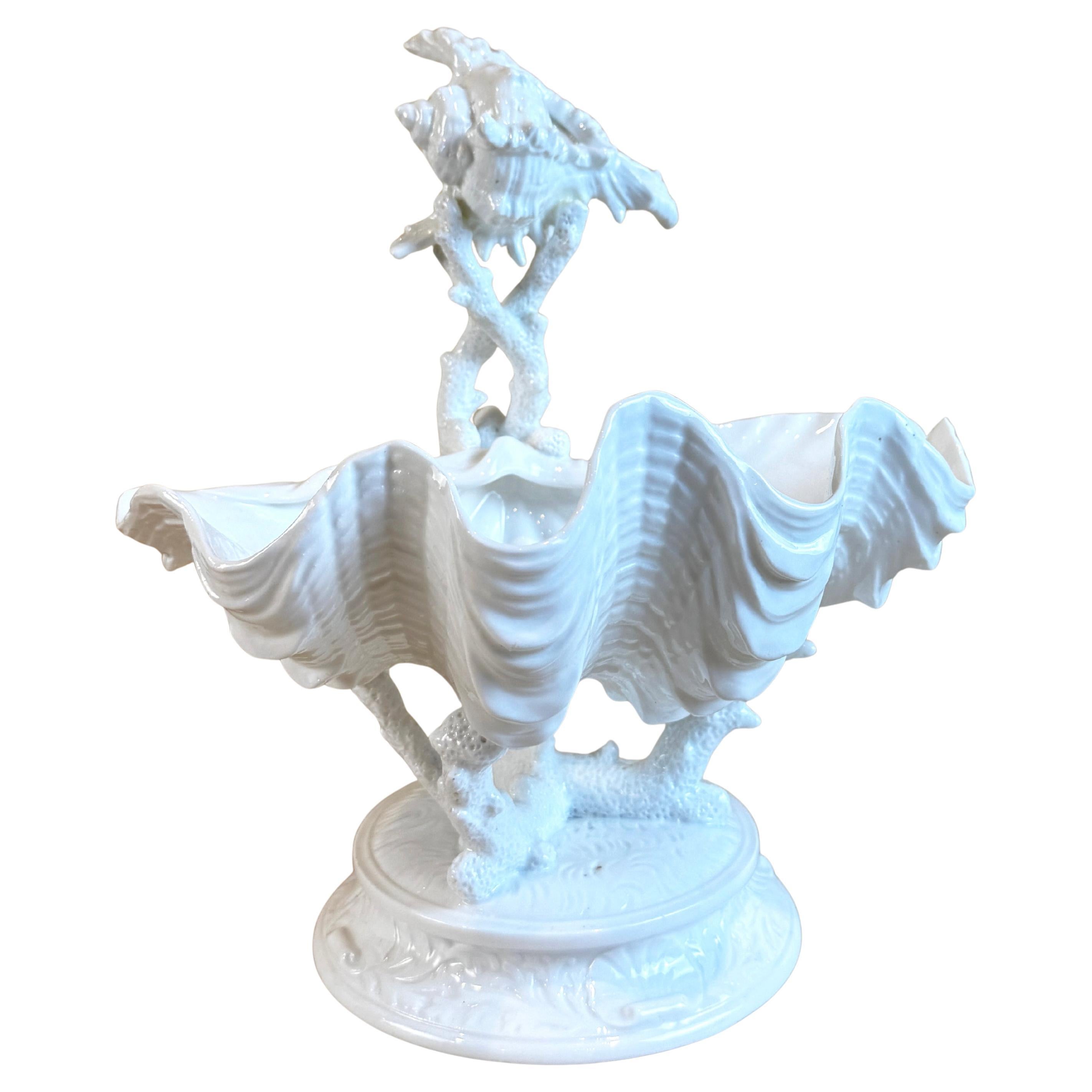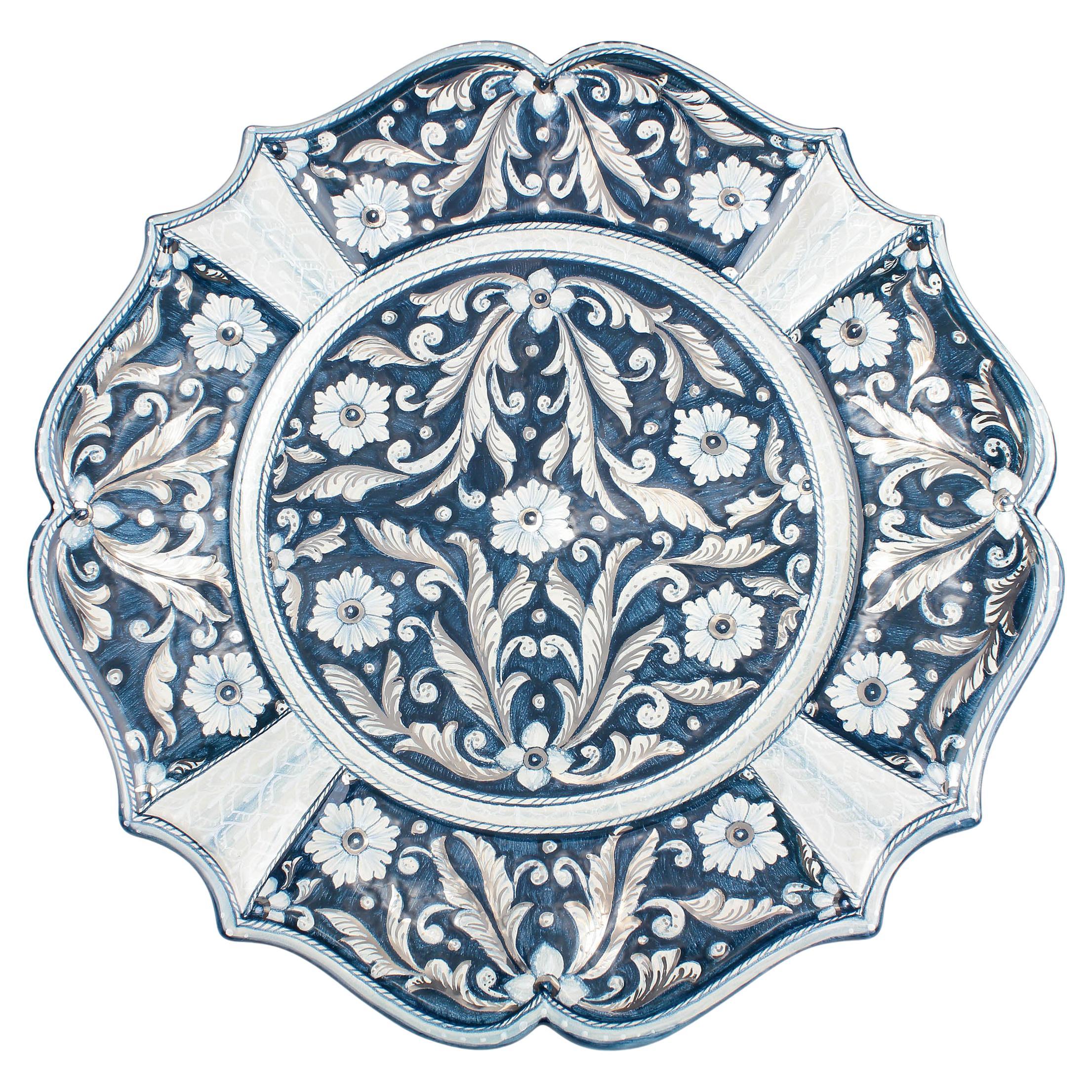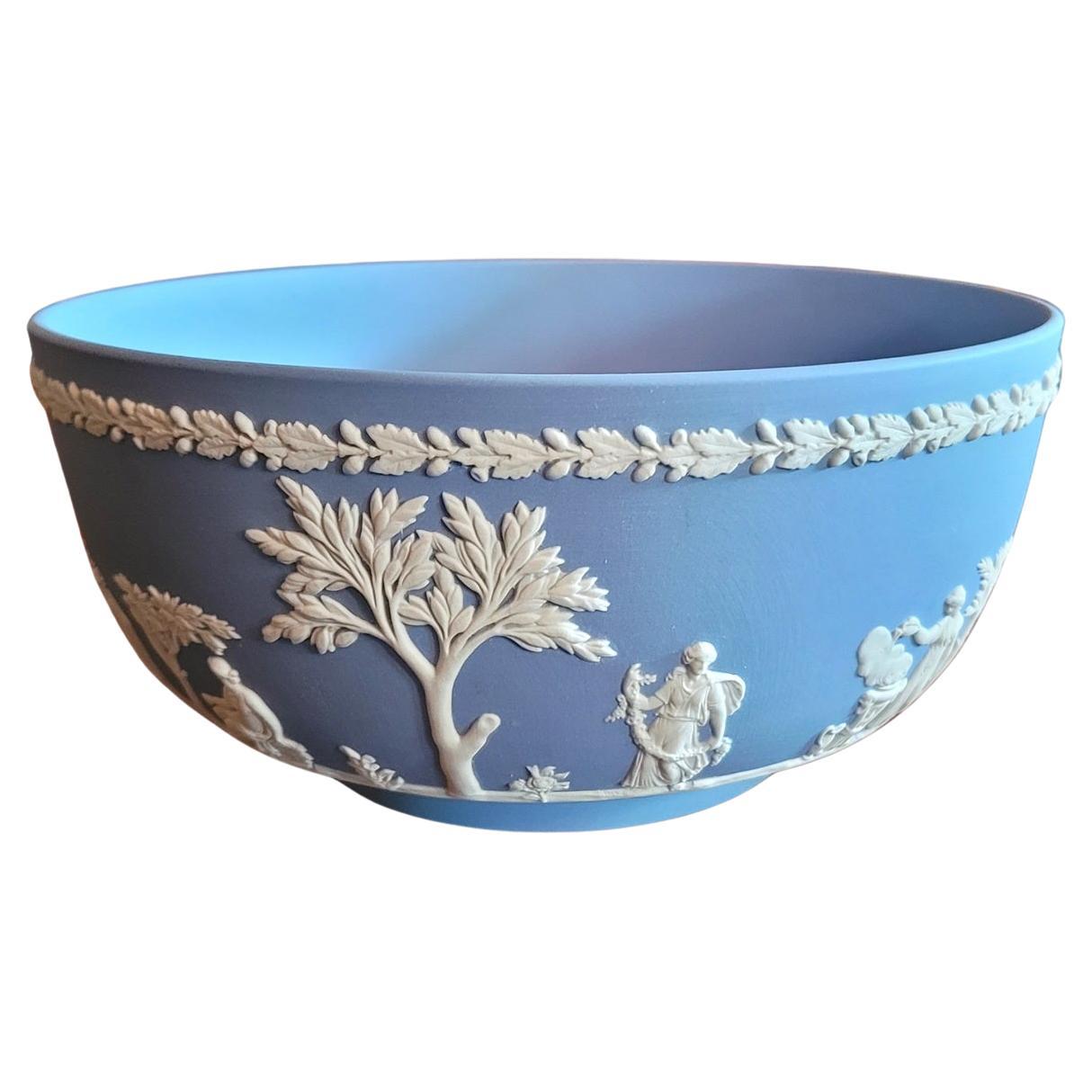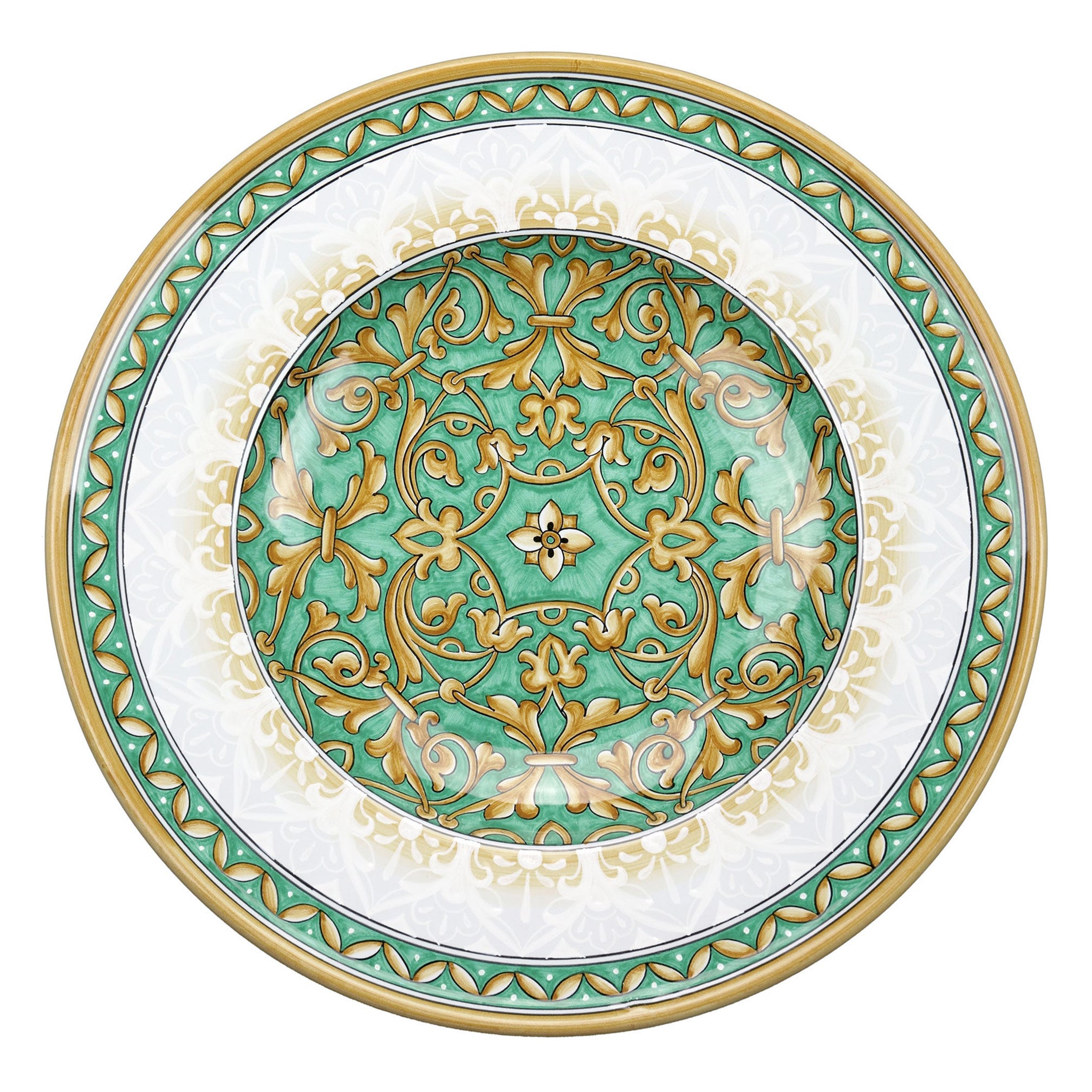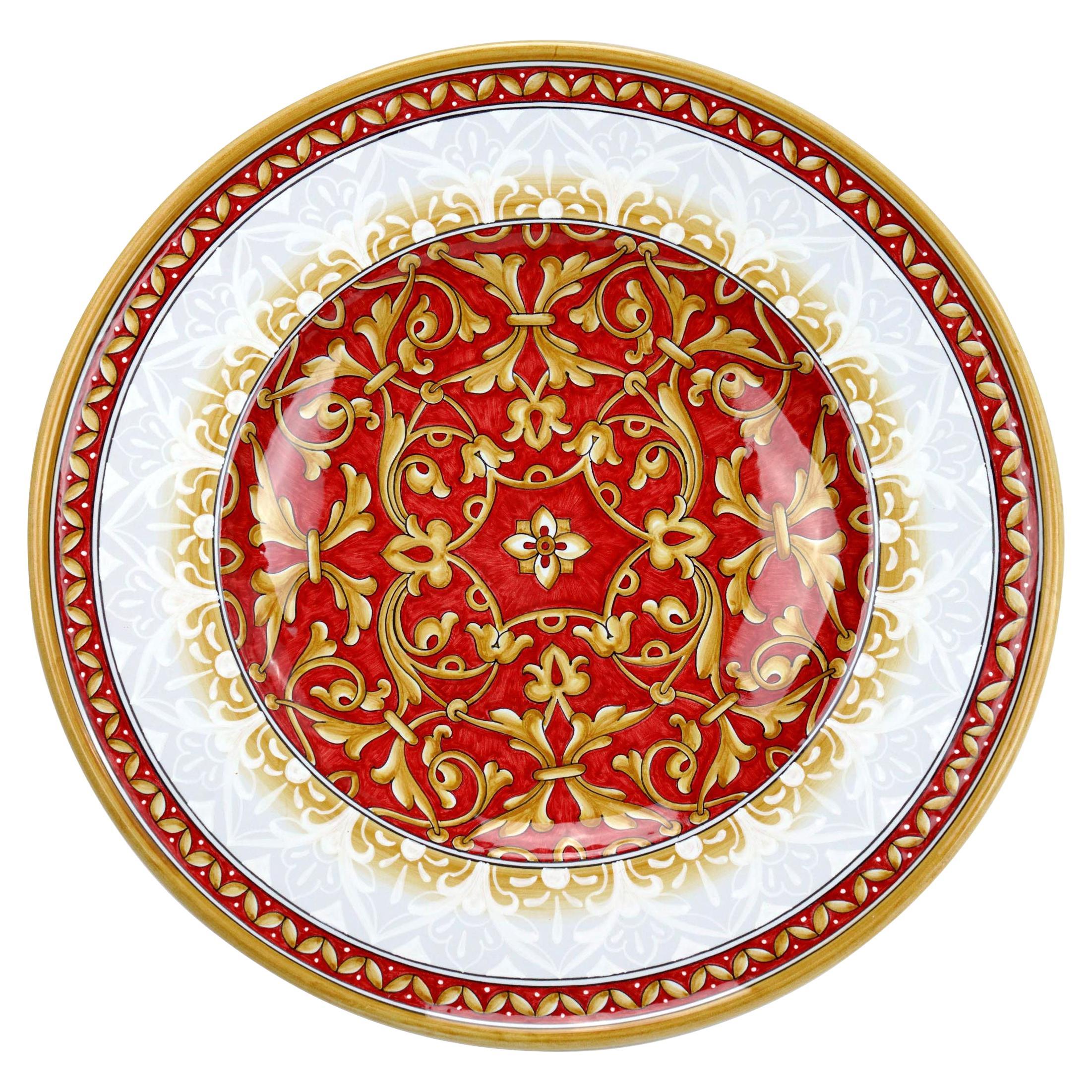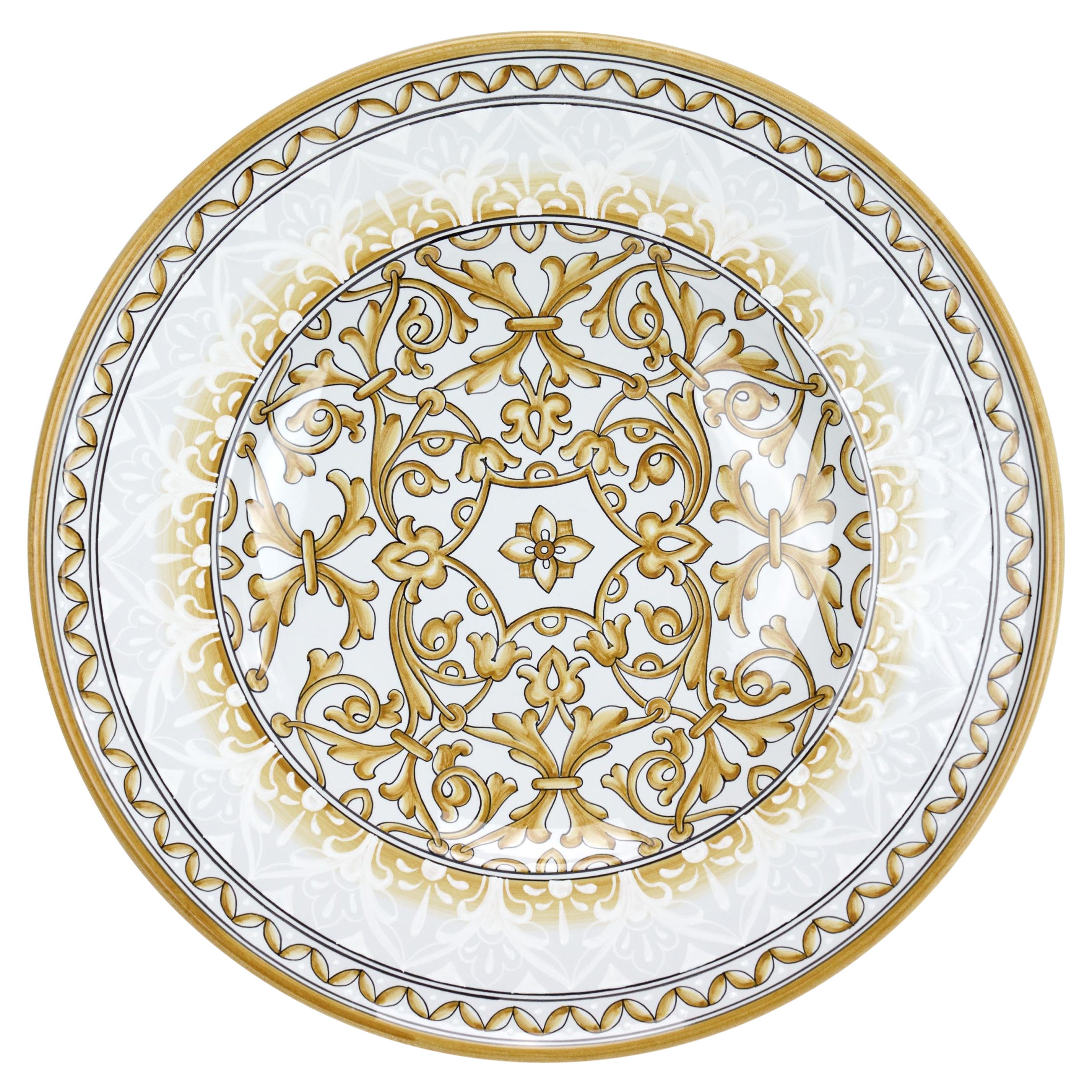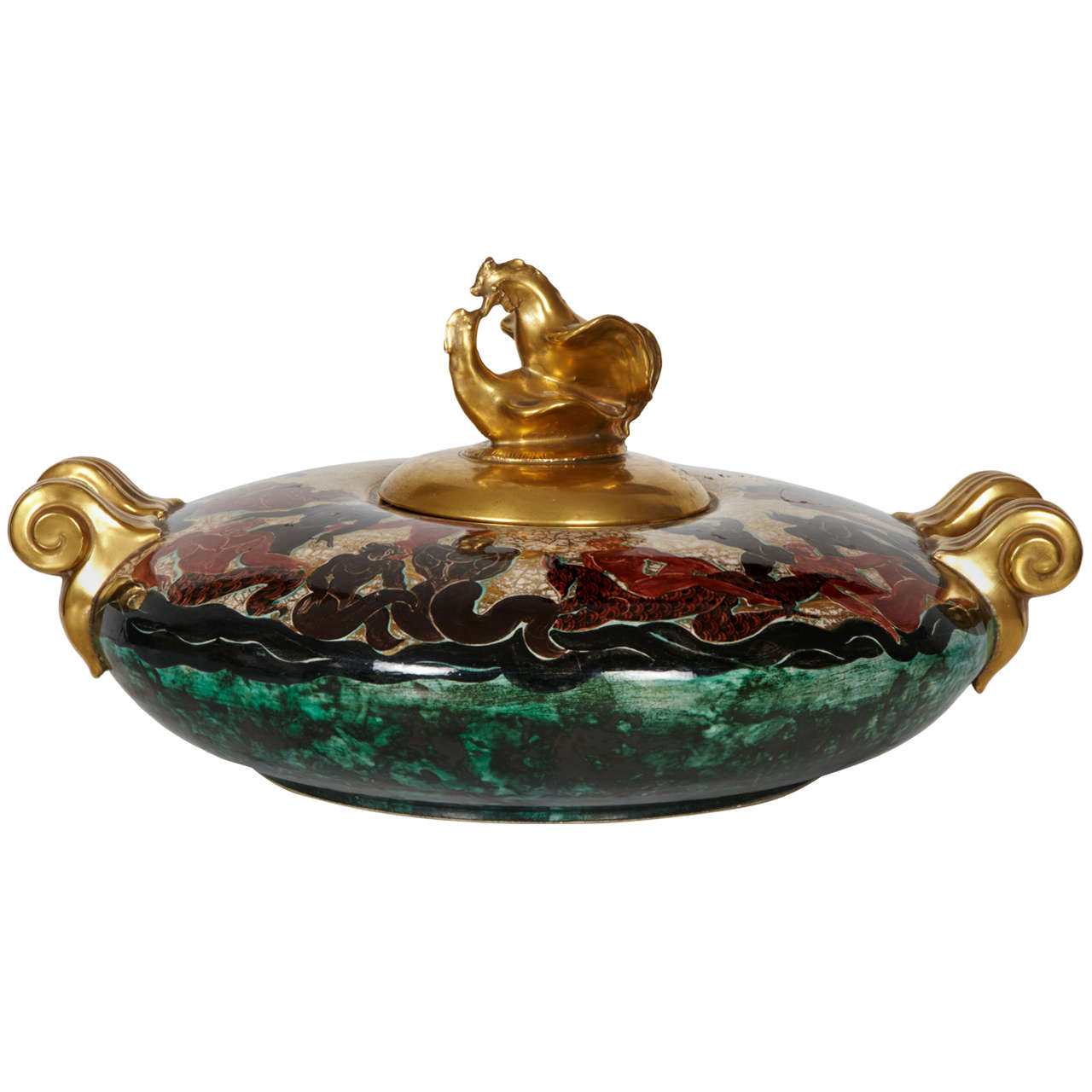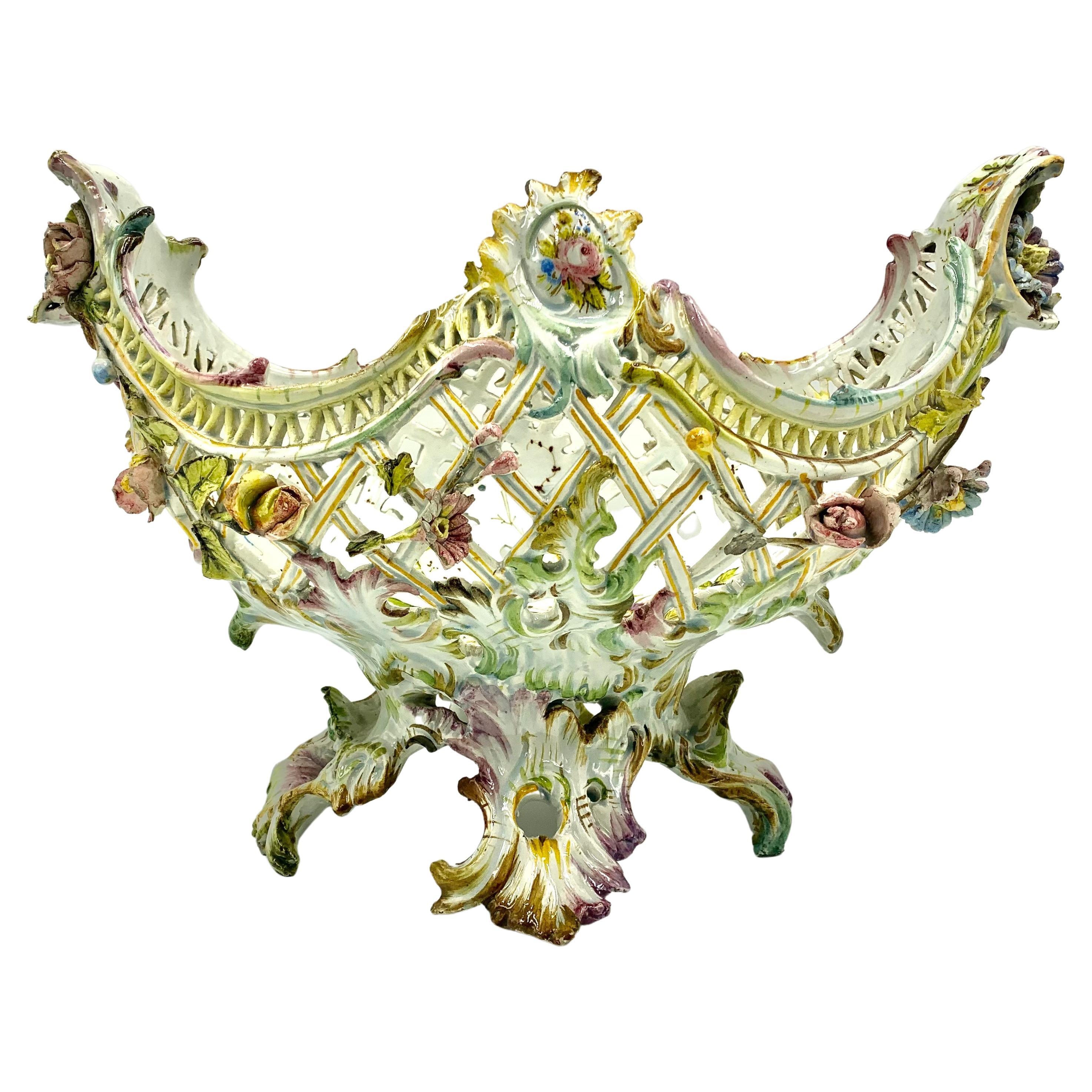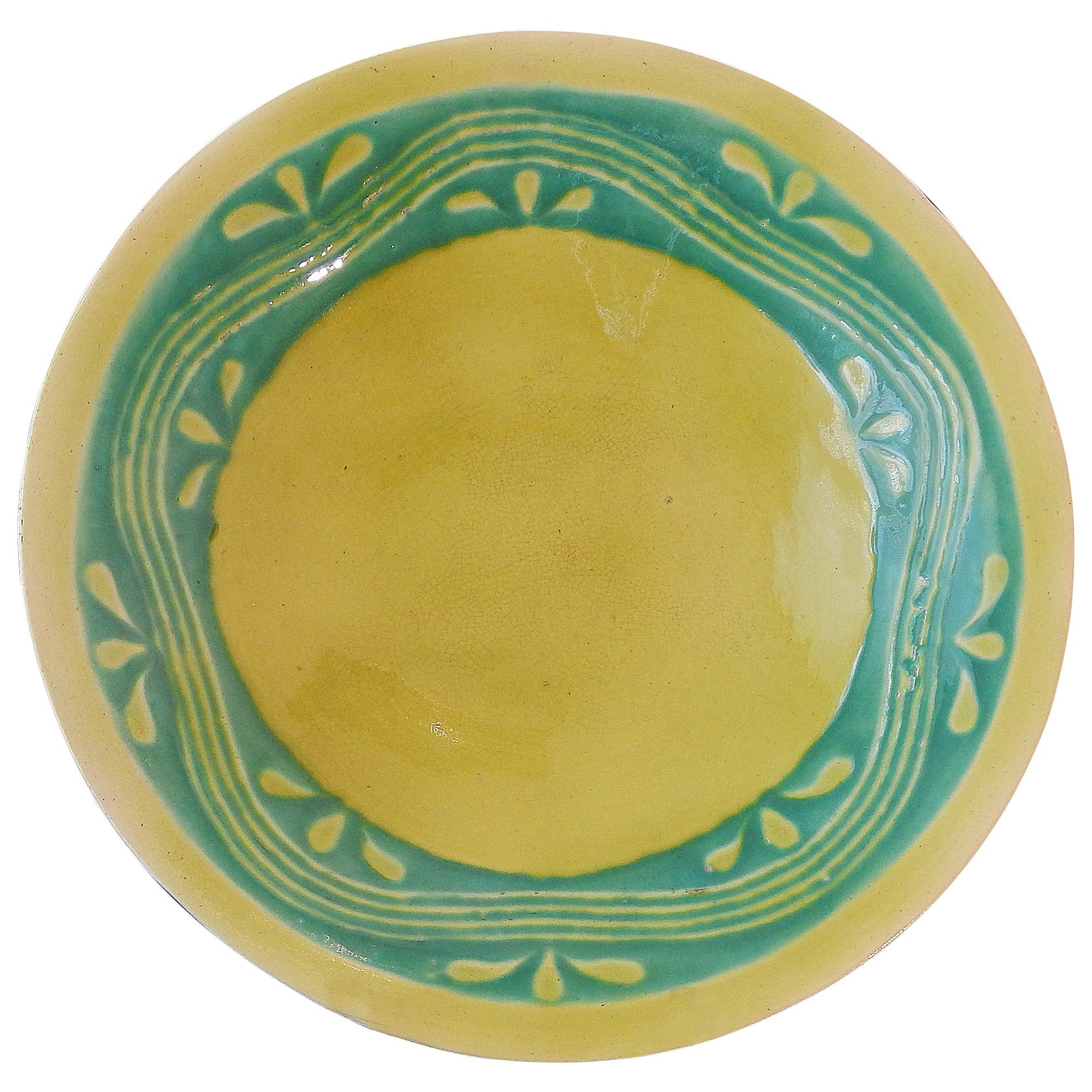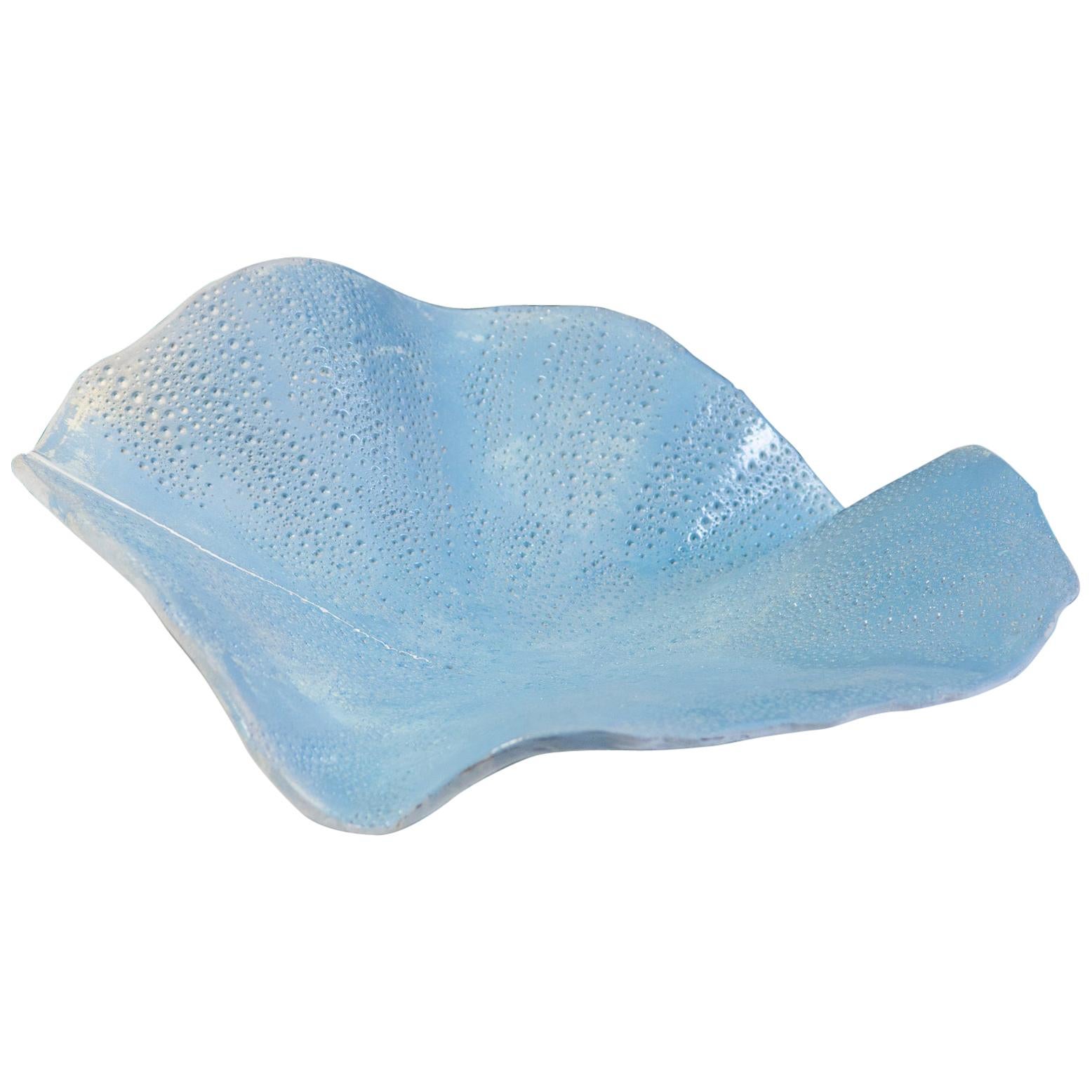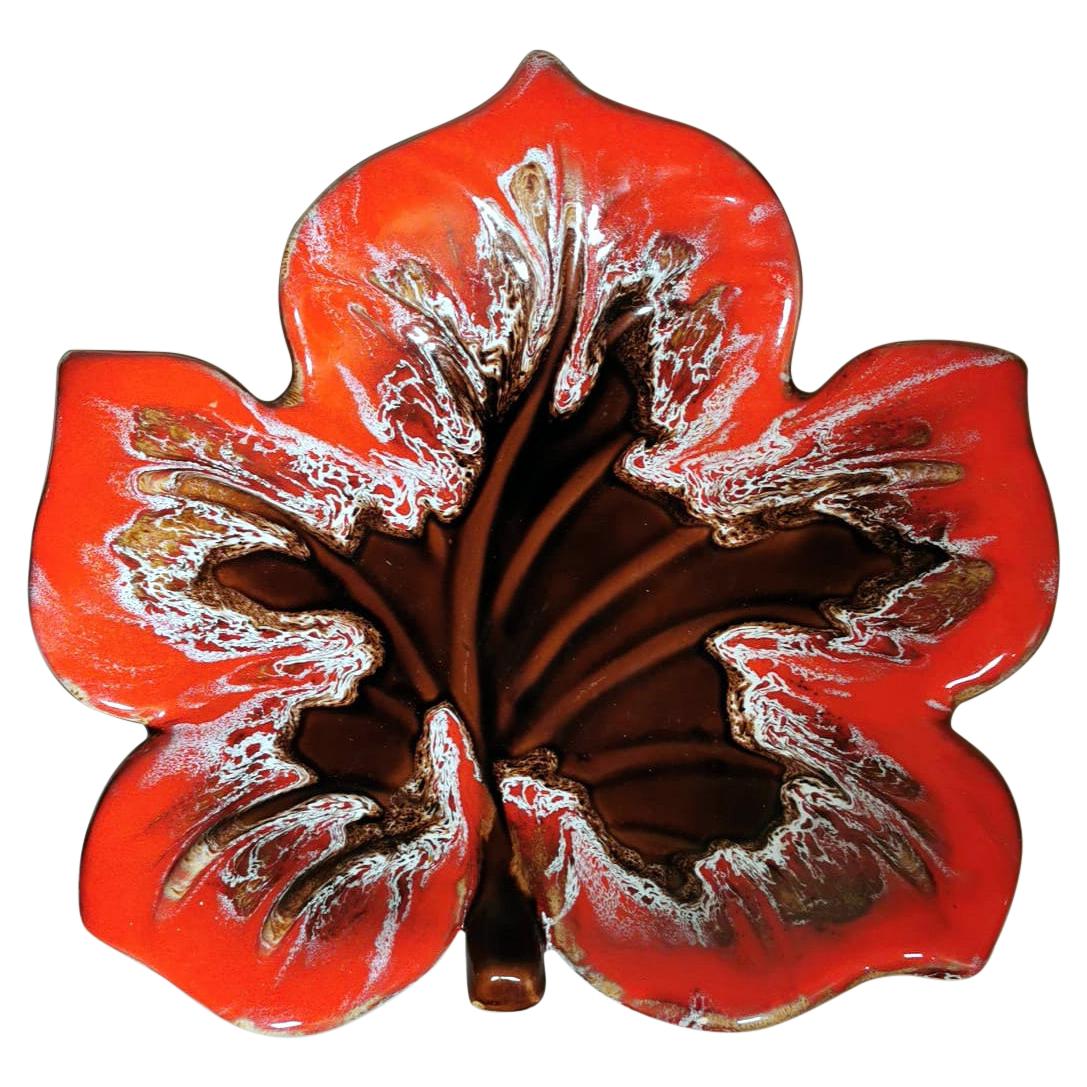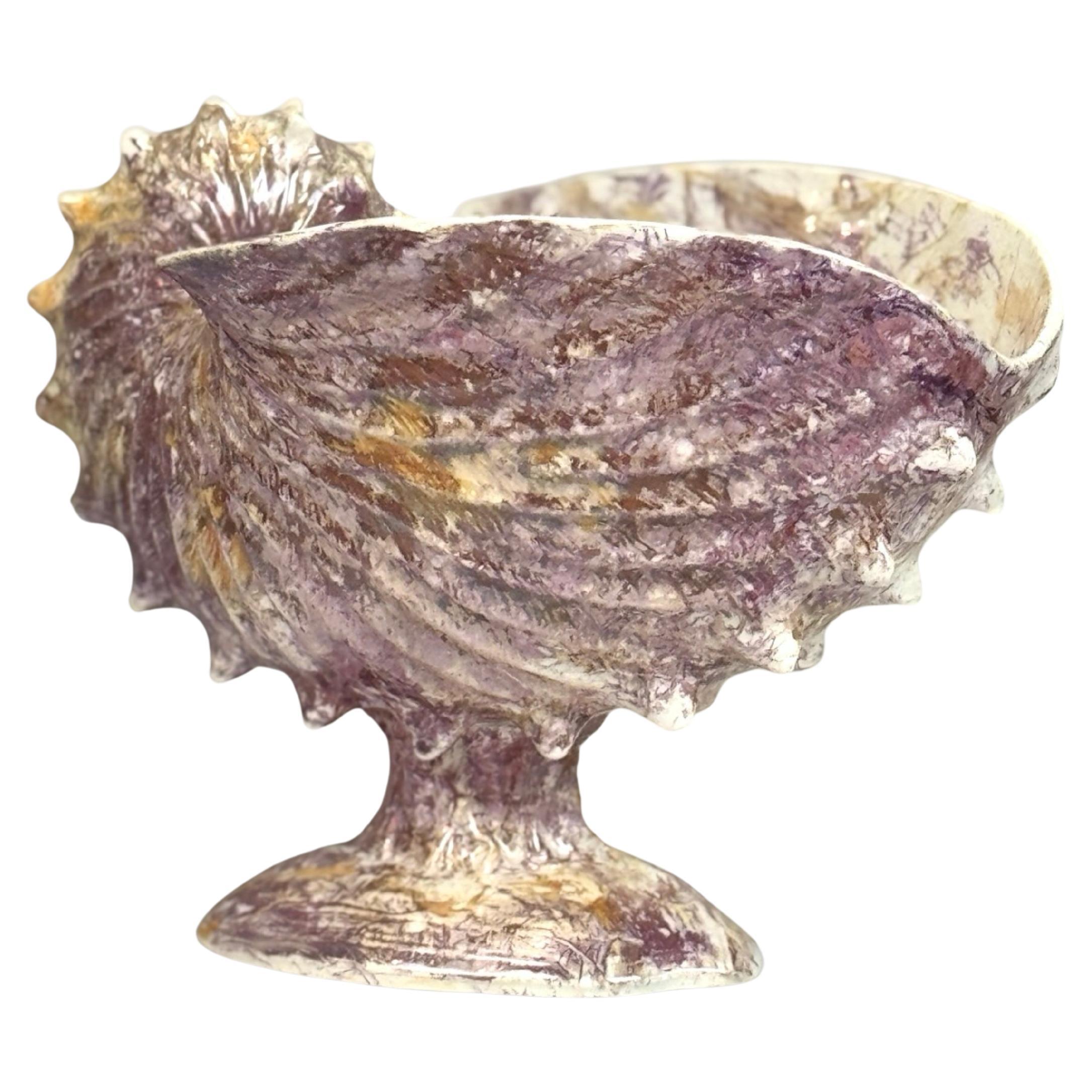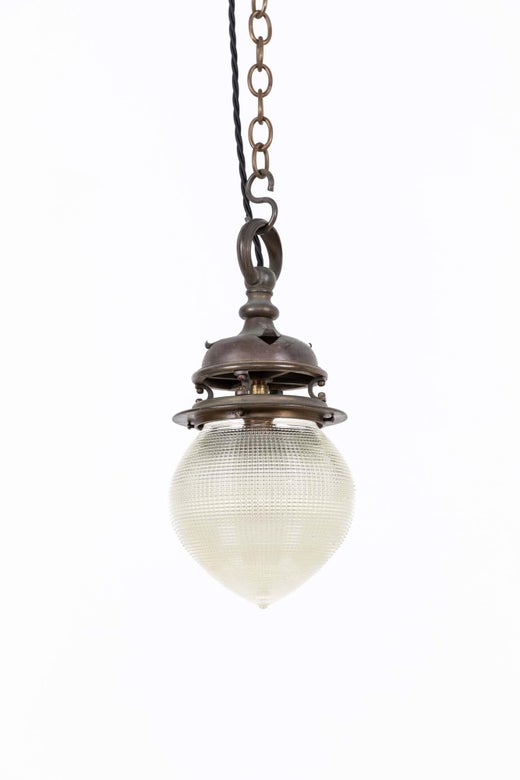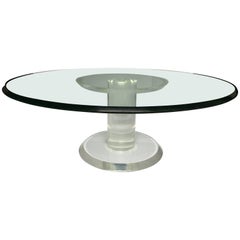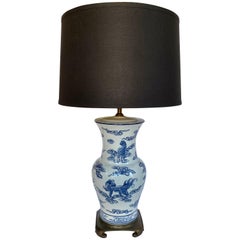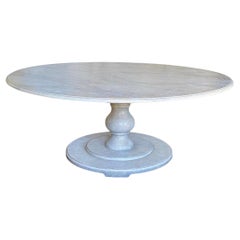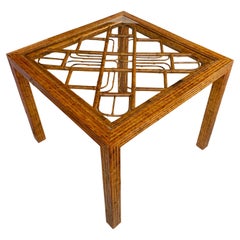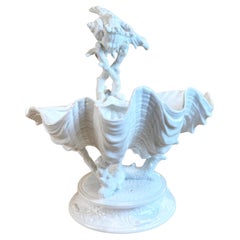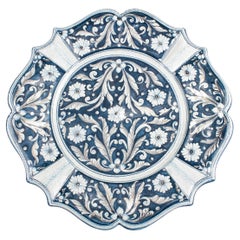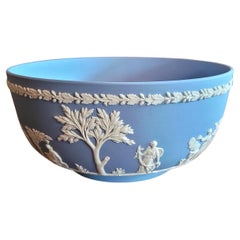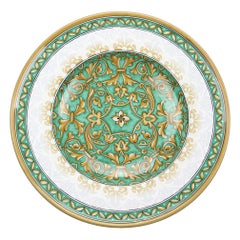
Rare Wedgwood Coral and Clamshells Decorative Pedestal Table Centerpiece Dish
View Similar Items
Rare Wedgwood Coral and Clamshells Decorative Pedestal Table Centerpiece Dish
About the Item
- Creator:F. & C. Osler (Retailer),Wedgwood (Manufacturer)
- Dimensions:Height: 10.5 in (26.67 cm)Width: 21 in (53.34 cm)Depth: 11.5 in (29.21 cm)
- Style:Hollywood Regency (Of the Period)
- Materials and Techniques:
- Place of Origin:
- Period:
- Date of Manufacture:Early 20th Century
- Condition:Wear consistent with age and use. Crazing, finish wear/patina, and paint loss throughout. Some spotting/stains to inside of both clam bowls consistent with a piece of this age.
- Seller Location:Lambertville, NJ
- Reference Number:1stDibs: LU1149229979052
Wedgwood
Arguably the most celebrated of all English ceramics makers, Wedgwood was founded in 1759 by potter Josiah Wedgwood (1730–95) in Staffordshire, which was home at one time to hundreds of pottery workshops. The company is famed for its Jasperware — molded neoclassical stoneware vases, plates and other pieces inspired by ancient cameo glass, featuring white figures, scenes and decorative elements set in relief on a matte-colored background. The best-known background hue is light blue, but Wedgwood’s iconic silhouettes also appear on green, lilac, yellow, black and even white grounds. Some antique Wedgwood dinnerware pieces and other items feature three or more colors.
The Wedgwood firm first came to prominence for its tableware, which quickly gained favor in aristocratic households throughout Britain and Europe. In 1765, Wedgwood was commissioned to create a cream-colored earthenware service for Queen Charlotte, consort of King George III. The queen was so thrilled with her new china that Wedgwood was given permission to call himself “Potter to Her Majesty,” and the decorative style became known as Queen’s Ware.
Not to be outdone, Catherine the Great of Russia commissioned her own set of Wedgwood china in 1773. Nearly 200 years later, the firm created a 1,200-piece service for the coronation of Queen Elizabeth II. In recent years, leading designers including Jasper Conran and Vera Wang have collaborated with Wedgwood — in the tradition of such distinguished 18th-century artists such as the painter George Stubbs and metalsmith Matthew Boulton.
From plates and other dinnerware to decorative items like urns, cachepots and candlesticks, Wedgwood designs lend a traditional air to Anglophile interiors. And even if you have to make your own tea, you may find it comforting to sip it from a delicate cup that was manufactured in the same Stoke-on-Trent kiln that produced Her Majesty’s tea service. Be sure to keep your pinky raised.
Find antique Wedgwood pottery on 1stDibs.
F. & C. Osler
British glassmakers F. & C. Osler redefined the art of cut-glass design in an era of Victorian luxury, refinement and grandeur.
The firm began in Birmingham in 1807 by Thomas Osler, who established his business making small glass ornaments and pieces for chandeliers. His sons, Follett and Clarkson Osler, joined the company and, in 1831, reorganized it as F. & C. Osler.
During the 1840s, F. & C. Osler expanded production to include the manufacture of chandeliers and glass furnishings, opening a second workshop in London in 1845. The company focused on producing large-scale designs, leading to the creation of one of their most famous pieces: the 27-foot-high, four-ton Crystal Fountain for London’s Great Exhibition in 1851. Another notable F. & C. Osler piece at the exhibition was a pair of eight-foot-high candelabras purchased by Prince Albert for Queen Victoria. Today, they are on display as part of the Royal Collection at Osborne House on the Isle of Wight.
The success of F. & C. Osler’s Crystal Fountain established the company’s reputation as one of the finest glassmakers of the 19th century. Wealthy clients coveted its cut-glass chandeliers, wall sconces, epergnes, candelabras and decorative centerpieces.
F. & C. Osler also received several important commissions. In 1856, F. & C. Osler designed a large chandelier for St. George’s Hall in Liverpool and a 36-light chandelier for London’s Mansion House. In 1858, they were asked to produce tableware for a banquet held by Queen Victoria at Aston Hall, in Birmingham. The Queen is said to have been so impressed with the glassware she asked permission to keep a champagne glass.
F. & C. Osler thrived throughout the late 19th century, experimenting with complex cut-glass motifs and expanding its successful export market to India. They became a favorite glassmaker for Indian royalty and aristocratic English ex-pats.
By the 1920s, demand for cut-glass products waned, and F. & C. Osler closed its Birmingham factory in 1922. The company remained in business, albeit on a much smaller scale, until 1976.
Today, F. & C. Osler remains a symbol of grand Victorian glassmaking and is sought by antique collectors and interior designers worldwide.
On 1stDibs, discover a range of antique F. & C. Osler lighting, decorative objects and serveware.
More From This Seller
View AllVintage 1970s Mid-Century Modern Coffee and Cocktail Tables
Glass, Lucite
20th Century Chinoiserie Table Lamps
Brass
Late 20th Century American Dining Room Tables
Wood, Paint
Mid-20th Century Hollywood Regency Game Tables
Bamboo, Glass
Vintage 1980s Spanish Hollywood Regency Coffee and Cocktail Tables
Glass, Plastic, Acrylic
Vintage 1970s Mid-Century Modern Table Lamps
Brass, Metal
You May Also Like
Early 20th Century English Centerpieces
Porcelain
21st Century and Contemporary Italian Modern Ceramics
Platinum
Mid-20th Century English Neoclassical Revival Centerpieces
Ceramic
21st Century and Contemporary Italian Modern Centerpieces
Ceramic, Majolica
21st Century and Contemporary Italian Modern Centerpieces
Ceramic, Majolica
21st Century and Contemporary Italian Modern Centerpieces
Ceramic, Majolica
